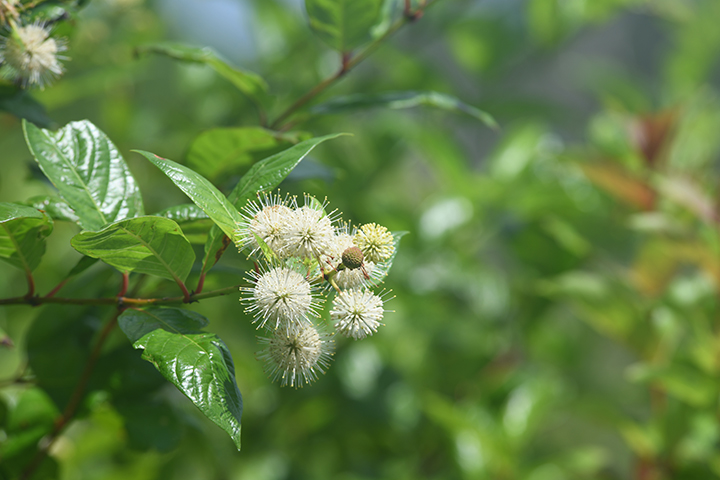Les Harrison
Contributor
Ask any Madison County horse owner, and they will say their horse has a sweet tooth. In addition to sugar cubes, there are apples, pears and many other fruits with a high sugar content, which are attractive to equines everywhere.
Feed stores even offer a sweet feed for horses. The rolled and cut grains are sprayed with a molasses mixture at the feed mill and then bagged. The owner must strictly control the amount available to the ravenous steed or gastric distress will result.
When confined to a pasture or paddock, the grazing animal will seek out dining options to accessible forages which offer a hopefully sweet supplement to the mundane grass and hay diet. Horse-sugar, a native plant with a distinctive bloom, may be sampled by the ever-inquisitive browser in a halter.
Symplocos tinctoria, as this plant is botanically known, is usually a deciduous plant which may be evergreen if its location and weather permit. It is found in a variety of north Florida setting, but usually as isolated specimens.
Sometimes found adjacent to bodies of water, it is also located in forested environments and on stable dunes. This plant is adapted to well drained sandy soils with limited organic matter and few plant nutrients.
Its long dagger shaped leaves may be up to six inches in length. If growing in filtered light, the leaves will be a darker green than those exposed to full sun.
The commonly encountered size is approximately comparable with a large azalea, but it can grow into a small tree of about 18 feet in height.
The late spring blooms are a distinguishing feature of the horse-sugar which is the sole member of its genus in North America. The cream-colored bloom clusters with a complex structure have a pleasantly fragrant scent.
Curiously, the common name comes from the leaves not the bloom. The new growth foliage has an especially sweet taste to a variety of herbivores, but even the old growth leaves retain some of their sugary flavor.
The fruit which matures over the summer are about ½ inch and contain a single hard seed. Frequently relocated by water, small mammals like racoons can drop the seeds in new locations.
In pre-industrial days the horse-sugar’s bark was used as the basis for a yellow dye. The bark also had medicinal use as a tonic ingredient.
Unfortunately for horse owners, their equine charges are not trainable when it comes to identifying healthy additions to their menu. There are some native plants found on fencerows which can cause severe problems, even death, if consumed.
The wilted leaves of cherry trees can be lethal. The exposure usually results when a limb is broken in or near the pasture containing the horse.
Through boredom or curiosity, horses will sample the leaves which concentrate naturally occurring cyanogenic glycosides. The stems and seed also contain this compound, but are not as likely to be consumed by a horse.
Another problem plant is nightshade. This relative of tomatoes is sometimes found in grass hay from fields which are not properly managed.
The equine sweet tooth helps bond people with their animals, and horse sugar leaves can help with the task. As with most things in life, be sure what is being consumed and control the amount.
To learn more about this sweet smelling and tasting plant in the City of Madison, Cherry Lake and Madison County, contact the nearest UF/IFAS County Extension Office or visit https://sfyl.ifas.ufl.edu/find-your-local-office/. To read more stories by Les Harrison visit: Outdoorauthor.com and follow me on Facebook.

